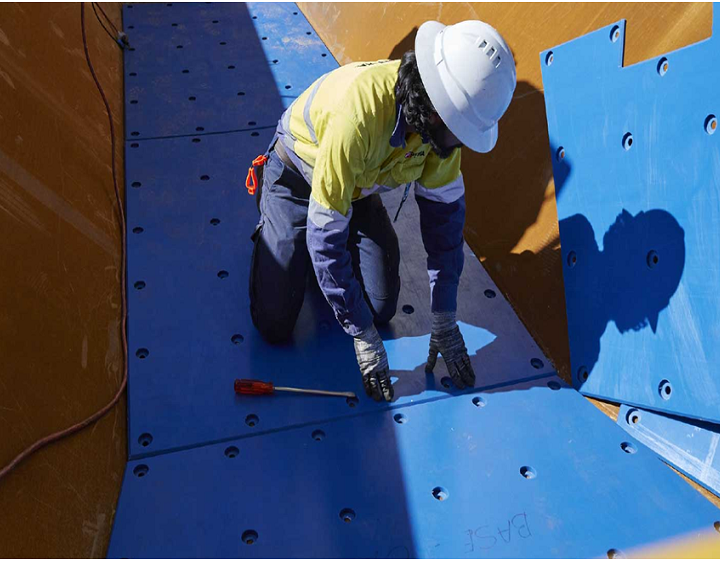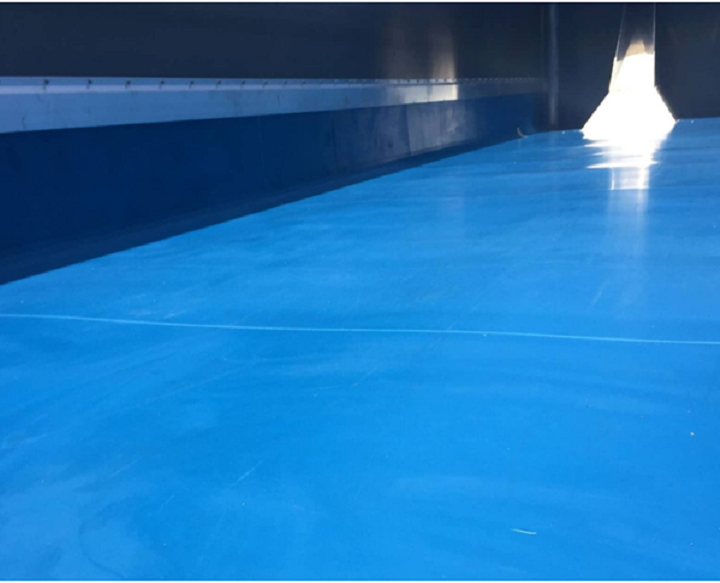At a Glance:
- Online platforms streamline sourcing with instant access to global material databases and real-time pricing.
- Integrated digital workflows shorten project timelines by automating quoting and logistics processes.
- Global supplier access enables competitive pricing and levels the playing field for small and mid-sized manufacturers.
- Smart ordering and forecasting tools help reduce waste, optimise inventory, and support sustainability goals.
In today’s digital age, the face of manufacturing is evolving at lightning speed. Automation, artificial intelligence, and cloud-based solutions have transformed product design, build, and delivery. However, one of the most important components of the equation has struggled to keep up: procurement. The traditional way of sourcing materials, especially in the case of engineering plastics, has often been slow, opaque, and inefficient.
Supply chain inefficiencies are a classic problem as old as the industry itself. With unreliable availability, erratic lead times, and geographically scattered supplier bases, procurement managers need to navigate through a logistics labyrinth. Accessing niche or high-performance materials becomes even more difficult for smaller manufacturers or those located in less industrialised regions, as they often lack the connections or buying power to secure reliable sources.
But that’s rapidly changing with online ordering. Ordering engineering plastics online is transforming the very structure of the manufacturing supply chain. Let’s find out why ordering engineering plastics online is becoming the future of manufacturing.
The Online Ordering Advantage
Digital procurement platforms are dismantling the barriers of traditional procurement and offering a more streamlined, transparent, and efficient way to source engineering plastics. Online platforms provide users with instant access to extensive material databases and supplier networks. Instead of combing through catalogues or contacting multiple vendors, manufacturers can search for exactly what they need, by grade, property, or brand, within seconds.
Real-time stock availability and transparent pricing replace the guessing game of traditional quoting. Buyers can make faster, data-driven decisions without waiting days for a response. They can input precise specifications, import CAD drawings, and define personal cuts or finishes, so the materials delivered match your requirements precisely.
This level of control and access is an advancement milestone in procurement efficiency.
Faster Lead Times & Streamlined Workflows
The integration of online ordering and digital manufacturing software is revolutionising workflow productivity at unprecedented levels. Engineers can now transfer CAD models into ordering systems and get real-time quotes by geometry, volume, and material selection. This eliminates design-to-procurement delay and enables concurrent workflows to reduce project time.
With computerised logistics and real-time order tracking, delays and uncertainty are dramatically reduced. That time saved is the difference between getting to market first and playing catch-up.
Global Access & Competitive Pricing
One of the most transformative aspects of online ordering is its global reach. In the past, sourcing high-performance materials from international suppliers often required navigating complex import processes and relationships. Today, digital platforms break down these geographical barriers, allowing a manufacturer in one part of the world to access suppliers located halfway across the globe easily.
This expanded access leads to more competitive pricing. Online systems often include built-in comparison tools that allow buyers to evaluate different suppliers based on price, availability, and lead times. Small and mid-sized companies, once locked out of exclusive material channels, now enjoy access to the same high-performance plastics that were previously reserved for industrial giants.
Sustainability and Smart Inventory Management
Internet shopping not only automates the buying process but also assists in enabling more intelligent and environmentally friendly production processes. Several websites offer on-demand purchasing features that reduce the likelihood of producing too much and holding excess stocks. By better matching orders for materials and actual production levels, companies can prevent wastage and reduce storage costs.
Sophisticated forecasting tools continue to enhance buying accuracy, allowing purchasing teams to forecast demand and prevent stock-outs or overstock. Additionally, web-based platforms lean towards sustainable material choices, enabling businesses to choose recycled or bio-based plastics that meet their sustainability goals.
These smarter inventory practices have more efficient utilisation of resources and a smaller environmental footprint.
The bottom line is that the shift to online ordering of engineering plastics is not just a passing trend; it is a strategic move toward smarter, faster, and more resilient manufacturing. By improving accessibility, accelerating lead times, and reducing inefficiencies, digital procurement empowers manufacturers to focus more on innovation and less on logistics.
Now is the time to act. Start researching reliable digital platforms for purchasing engineering plastics and position your business at the forefront of innovation and efficiency.
The future of procurement is here, and those who adopt it early will be the ones leading the next wave of industrial transformation.






